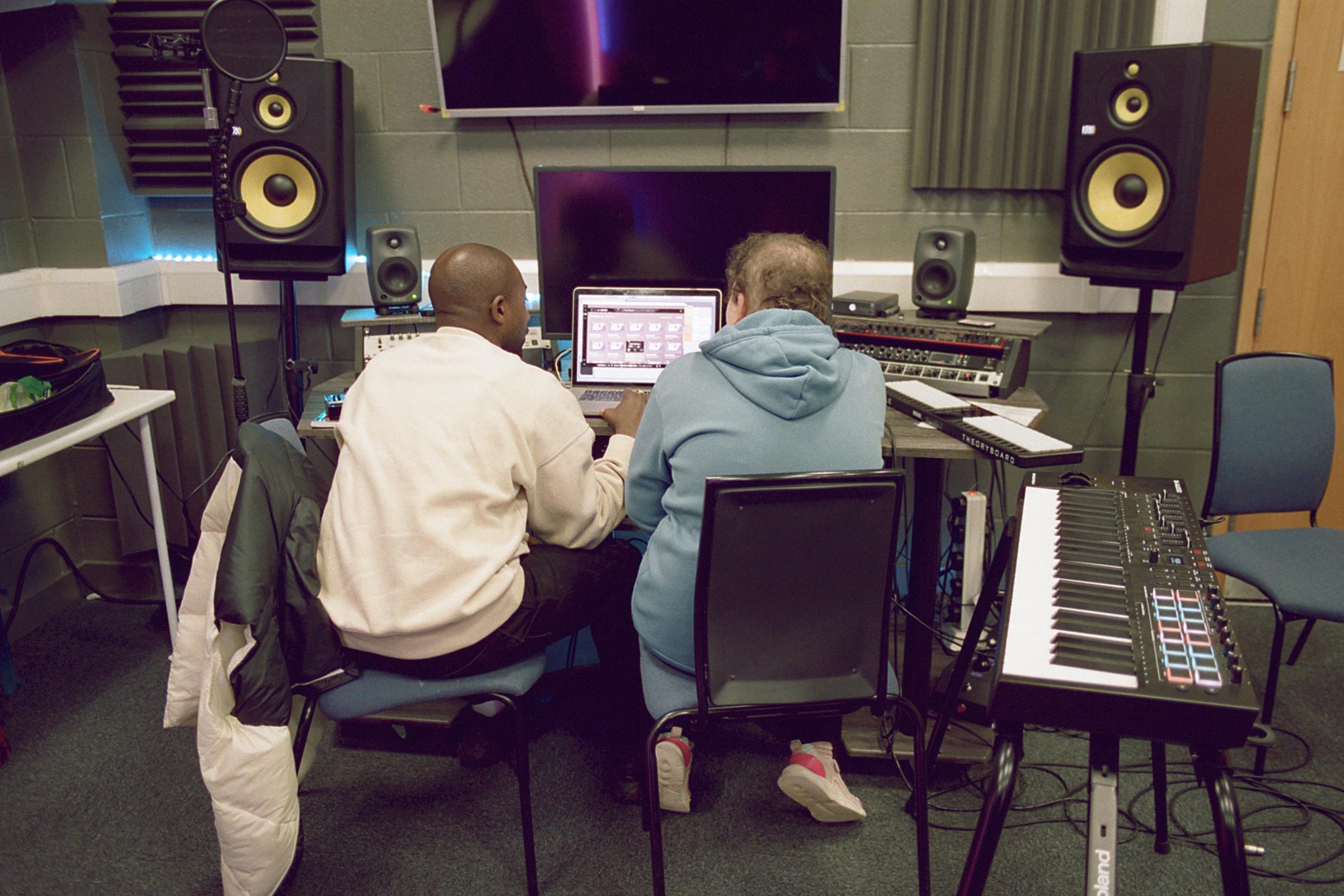
Talking about Homes: framing stories from lived experience
Stories rooted in lived experience can bring housing issues to life by revealing what isn’t working, highlighting the solutions we need, and helping to build understanding through careful, considered framing. Here's how to do these stories justice.
Stories about people’s lived experience can help to humanise conversations on how to improve our housing system. They can shine a light on what isn’t working and what solutions are needed, and make a compelling case for change. Like all communications, we need to consider how we frame these stories, so people’s experiences are understood as intended.
Connect individual stories to the big picture
We know that people tend to think about housing in individualistic ways. For example, people may think that the solution to improving someone's housing situation is for them to work harder and earn more, so they can afford a decent home. This individualistic lens obscures systemic factors, such as how housing policies affect people’s lives, and how constraints like low wages and high rents restrict their options.
To make the case for changes to our housing system, zoom out and show the bigger picture.
What to do:
- Add context to stories, rather than leaving gaps that may be filled with unhelpful assumptions. For example, highlight the lack of — or availability of — decent affordable homes in someone’s area, or factors such as how wages compare to the cost of local rent.
- Explicitly talk about how different housing policies, or shortcomings in our housing system, have impacted people’s individual experiences - for better and for worse.
- Ask people questions that draw out context, like ‘What support did you have?’ and ‘What options and opportunities did you have?’.
Tell a range of stories to highlight shared experiences
When we tell a range of stories that draw attention to shared experiences of housing, it means they can’t be written off or dismissed as exceptional. Instead, build up a picture of the scale of the challenges we need to address. Telling these stories from diverse perspectives can also help sidestep stereotyping.
What to do:
- Tell a range of stories from the perspectives of different people.
- Highlight shared experiences, such as waiting for a social home or trying to keep up with private rent increases.
- Tell stories about positive experiences too, like the difference it makes to have a decent and affordable home.
- Ask questions that draw out scale and shared experiences, like ‘Are there others in the same position as you?’ and ‘Does this affect other people living in your area?’.
Paint a picture of how things can and should be
As well as showing the problems that need to be fixed, stories from people’s lived experience can bring solutions into view. This is important for building a sense that change is possible, so that people don’t disengage.
What to do:
- Explicitly talk about what solutions have changed people’s lives for the better, or what would change them for the better.
- Tell stories that show the positive impact that decent, affordable homes have on people’s lives, as well as telling stories that highlight problems.
- Ask questions that draw out solutions, like ‘When was the turning point, and what happened?’ and ‘What would have helped?’.
Here are some further framing guides on how to talk about homes.
This guide was written by Sophie Gordon from FrameWorks UK, as part of JRF's and the Nationwide Foundation’s co-funded Talking about Homes project.
Any questions? Get in touch with sgordon@frameworksuk.org or natalie.tate@jrf.org.uk.
For more information about framing, visit FrameWorks UK.
Download

This resource is part of the narrative change topic.
Find out more about our work in this area.
